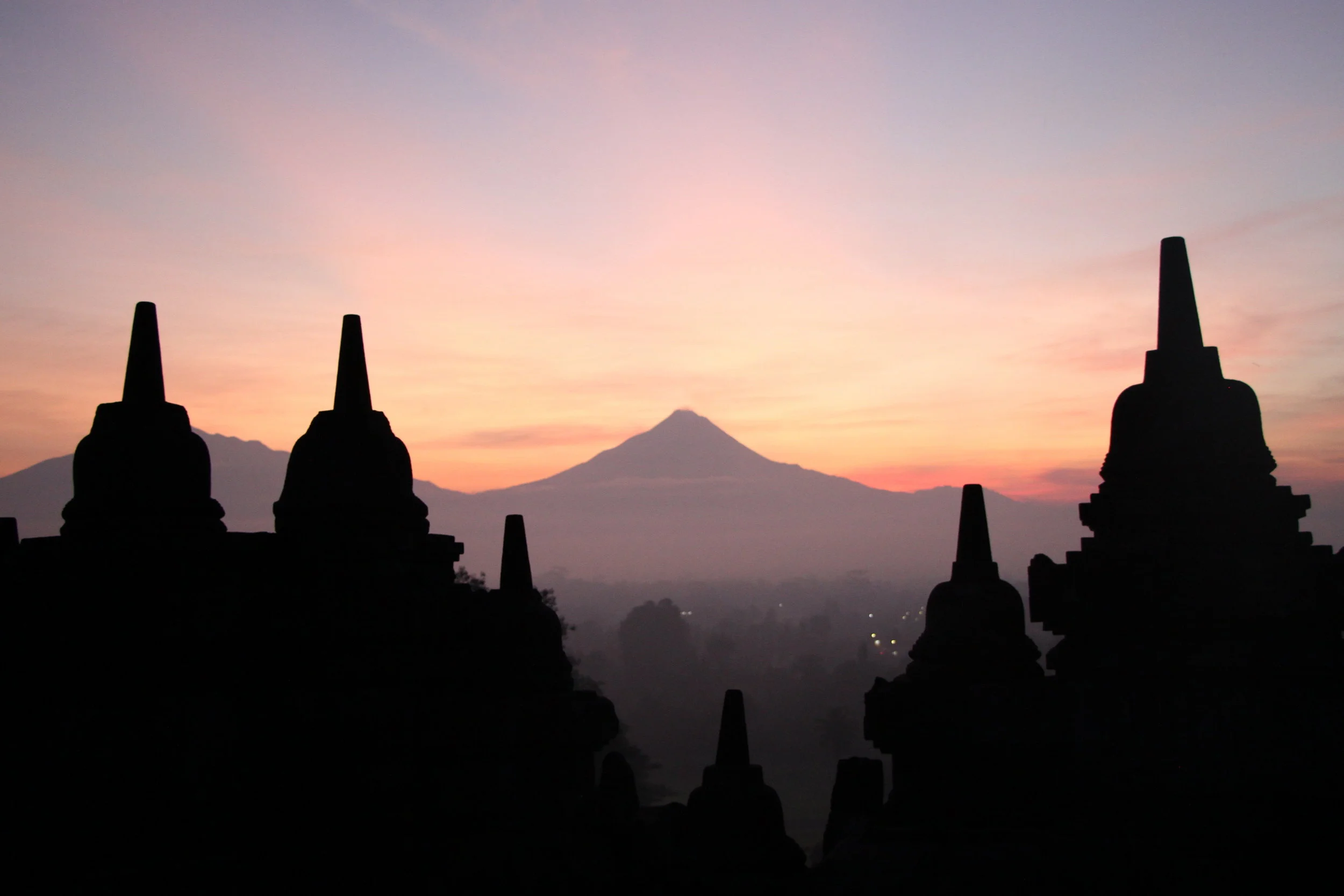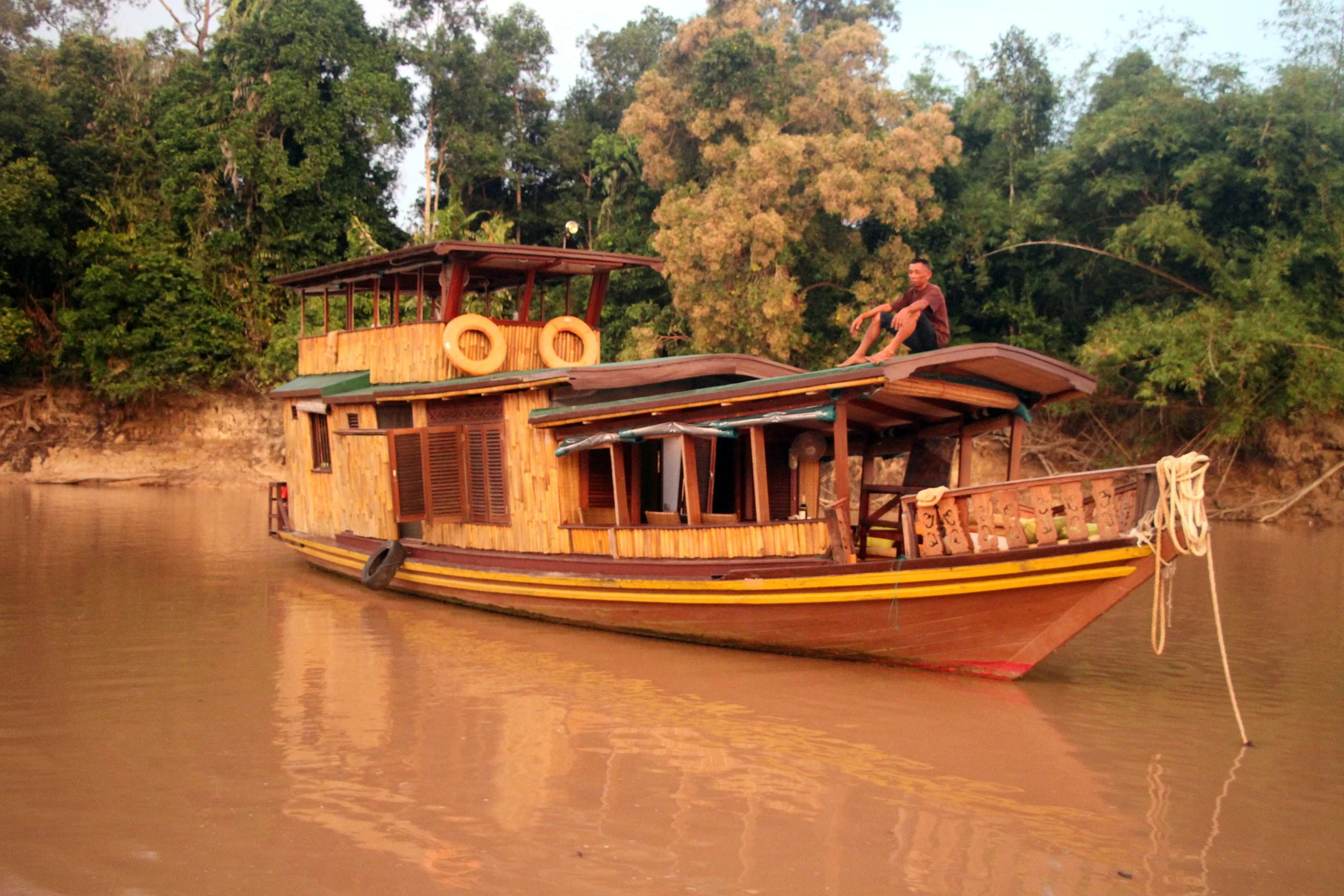Trudging Across The Shifting Sands Of The Namib, The World’s Oldest Desert.
It’s just on 5.00 am.
As I leave the comfort of my hotel room in pitch darkness, a crescent moon hangs low, like a scimitar on the horizon, its light almost no match for the billions of stars that pepper an inky black sky. The only sound is a plaintive yip, yip from a lone jackal wandering the plains.
Waiting for me outside the lodge is my guide for the day, the whippet-thin Emanuel, rugged up like an Inuit as if to ward off the almost arctic temperatures, which at this time of day hover just above zero. He is leaning nonchalantly against his vehicle that will transport us the 90 odd kms. to the Namib- Naukluft National Park entrance and, once the appropriate paperwork has been completed, we will be allowed access into Sossusvlei, surely one of the most spectacular wonders of the world,
At some point, the utility we are travelling in has been converted into a game-viewing vehicle with only thin canvas flaps covering the windows. These prove to be no match for the air that, once we get going, swirls in freezing whirlwinds whizzing around us like demented dervish dancers, penetrating any area of the body not covered in suitably protective clothing.
I have travelled halfway around the world to see the legendary giant dunes of Sossusvlei, in the Namib, Namibia’s driest and the world’s oldest desert. This giant sand sea has been spawned by the relentless waves and winds pushed across the Benguella current from the freezing Atlantic ocean, pushing sand and dust inwards. The dust originates in the South African Drakensberg mountains and is carried down the Orange river to the sea only to be swept up the coast by the Benguela current.
This desert is estimated to be over 80 million years old. Sossusvlei, Emanuel tells me, means ‘place of abundant water’ even though there is absolutely no trace of water anywhere, which I guess is to be expected as no rain ever falls here. However, if enough rain does fall on the mountains to the east, the Tsauchab River will spring to life and head towards the coast, but no matter how full and fast-flowing the river becomes, it will never reach its destination. Once it arrives at Sossusvlei, its path will be choked by a solid fortress made up of an ocean of sand.
The dry river bed and its tributaries are lined sporadically with 800-year-old acacia trees, their hardy roots drilling 30 meters down into the sand, searching for life in the subterranean waters. As dawn begins to break, the horizon becomes tinged in a delicate shade of pink, brushing and beautifying the rugged mountains surrounding us. The closer we get to the entrance to the park, we leave behind the last of the hardy farming outposts, all of which seem to be slowly yielding to the ever-shifting sands of the Namib. Their tall, scrawny windmills turned languidly, silhouetted against the light of a new day.
This is the end of the scrubland, a part of the landscape that the encroaching desert has not yet swallowed. In the distance, I spot a lone Oryx, magnificent in stature, nibbling contentedly on what little grass there is, first sucking the night-time dew from the leaves before pulling up the hardy plant from its roots; it is a picture-perfect, ‘Kodak’ moment. Nothing can quite prepare you for the sheer quality of soft light and colour that begins to envelop the vista as what should have been a desolate, monochromatic landscape begins ever so slowly to glow in shades of whites, reds and browns, gently kissed by the sun as it peeks over the mountains.
Suddenly, there they are, standing tall in their dusty splendour, the soaring dunes that have made the Namib famous, glowing blood–red, the morning light highlighting the iron-oxide-rich sand that makes up their structure. They tower, like giant sentinels, and as the sun rises their precisely sculpted contours are brought into sharp relief. Deep shadows, where the sun is yet to reach, create dark, mysterious pools enfolded in perfect arcs of red sand infused with quartz, which sparkles like diamonds that have been carelessly tossed aside and fallen into its contours.
Ascending to heights of more than a thousand feet, Namibia’s ancient dunes are among the tallest in the world. However, the dunes of Sossusvlei are actually not the highest, (despite what Namibians may tell you). Similar dunes in the Algerian Sahara reach a staggering 430m, while those in the Gobi Desert, Iran’s Dasht-e Lut and Peru’s Sechura Desert are higher still. As we penetrate deeper into the desert, more and more dunes rise in sinuous S – curves reaching ever upwards before ending in sharply chiselled ridges. It is as if a dedicated sculptor, working tirelessly, has painstakingly crafted each dune into shapes so sensuous and beguiling that they almost reach perfection; in a way, it is almost too perfect.
Traversing a dry riverbed, past long dead acacias, we rise up the shallow bank and there, towering above its brethren, at an imposing 412 mts. (1,066 feet) is Big Daddy, the tallest known dune in the Namib. Energetic, lithe and fit tourists set off from the viewing area, eager to ascend this giant sand monolith. They walk in single file along the razor-sharp ridge they look like tiny ants clawing their way upwards. I would have loved to have joined them, but my broken ankle, encased as always in a cumbersome “moon boot’ and me hobbling about with the aid of a stick, precludes me from experiencing the dramatic views from the top.
In a shallow depression, lying at the foot of ‘Big Daddy,’ lies Deadvlei, an apt name, given the current state of what once was a large inland lake. The desiccated, blindingly white clay pan is part of an expanse of petrified white earth studded with carcasses of numerous acacia trees, their skeletal branches leaning at acute angles in every direction, burnt into crisped, charcoal stumps that protrude from the barren soil.
It is an altogether surreal landscape that immediately conjures up images of Salvador Dali’s evocative paintings, which have somehow sprung to life.
The vlei is utterly devoid of life.
Emanuel tells me that even though this graveyard of emaciated and long-dead camel-thorn acacias belies any evidence of living organisms. Although, every so often, when the rains from the east fill the rivers, it brings abundant water to the vlei, and almost overnight, Lazarus–like, it once again bursts into life. Flamingoes and other migrating birds, frogs, flowers and even fish will once again flourish in this most desolate depression, surrounded by a gigantic sea of sand.
By mid-morning the sun’s soft illumination has disappeared, to be replaced by a harsh, blinding light, accompanied by the fierce desert heat, forcing the Oryx and other creatures to seek the shade of the acacias. For us, it is a signal to climb back into our vehicle and begin the long drive back to the lodge.
The Namib, as I discovered later, is a desert that gets under your skin when I find that fine sand has found its way under my nails, eased its way into my nostrils, behind my ears and nestled between every hair follicle on my head, before creeping into all the folds and creases of my clothes.
As I stand in the shower and watch as the red dust makes its way down the drain, I am reminded once again that the world is truly an amazing place!













